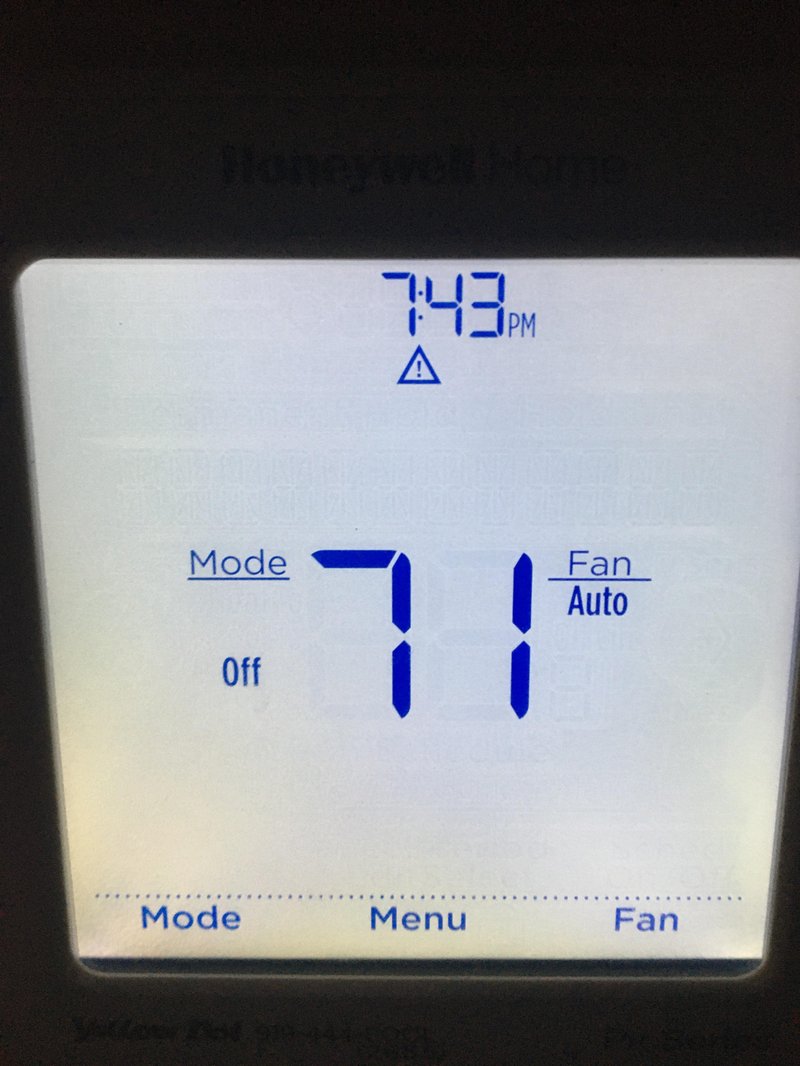
Here’s the deal: error codes are essentially the air conditioner’s way of telling us that something isn’t quite right. Think of it like your car’s dashboard light switching on when it needs an oil change. The F2 error code specifically pertains to a problem with the temperature sensor. Such issues can seem daunting at first, especially if you’re not tech-savvy, but by breaking it down step by step, you’ll soon see that it’s quite manageable.
Understanding the F2 Error Code
So, what exactly does the F2 error mean? At its core, this code indicates a fault with the unit’s temperature sensor. This sensor plays an essential role in determining how cool or warm your air conditioner makes your room. Imagine you’re baking cookies: the oven’s temperature gauge tells you when it’s time to slide them in. If that gauge is off, you’re left either with doughy disappointment or burnt crisps. Similarly, when the temperature sensor doesn’t work correctly, it can’t accurately gauge room temperatures, leading your air conditioner to operate inefficiently or not at all.
This malfunction might stem from several causes. Over time, the sensor can become dirty, or connections can become loose. It’s also possible for the sensor to be knocked out of its position, making it less effective. In some rare cases, the sensor might simply be faulty and in need of replacement. While this might sound like a complex issue, think of it more like a jigsaw puzzle. Piece by piece, addressing each potential cause will eventually lead you to the solution.
If you’ve determined the F2 error is related to the sensor, you might be wondering what steps to take next. Start by referring to your air conditioner’s manual. It can provide helpful guidance on safely accessing the sensor. Generally, you’ll want to ensure the unit is turned off and unplugged before proceeding. A gentle cleaning might be enough if dirt or dust appears to be the issue. If connections seem loose, securing them back into place could resolve the problem. Should the sensor seem damaged, you might want to consider contacting a professional for replacement.
Common Causes and Effects of the F2 Error Code
It’s natural to want to know what’s causing this pesky error to ensure it doesn’t happen again. As previously mentioned, dirt and debris are frequent culprits. The sensor, usually nestled in the unit’s interior, can gather dust over time, causing it to send inaccurate temperature readings. This scenario is much like when dust covers your camera lens, resulting in blurry pictures. Regular cleaning can prevent this issue, making sure your air conditioner continues to function smoothly.
Another common cause could be the connection issues within the air conditioner. Over time, vibrations from the unit’s operation might jiggle wires and connections loose. Think about it as a pair of headphones—when one ear suddenly stops working, usually a quick jiggle of the cable fixes it. Tightening any loose connections could be all it takes to resolve your F2 issue.
In some instances, the sensor may have shifted from its position. A sensor that isn’t perfectly aligned might send incorrect readings, just like how a slightly tilted painting looks out of place on the wall. Gently adjusting the sensor back to its original position might help rectify the problem. If after these checks, the error persists, you might be dealing with a faulty sensor that needs replacing.
Preventative Measures and Final Thoughts
Now that you’ve got a grip on the F2 error, it’s time to talk prevention. Regular maintenance goes a long way in keeping your air conditioner running smoothly. Simple actions, like checking and cleaning filters and sensors every few months, can prevent common errors and extend the life of your unit. It’s like taking vitamins—consistent, small efforts can ward off bigger health issues down the line.
Also, consider scheduling annual professional check-ups. A technician can look into the more complex aspects of your air conditioner, ensuring all components are in top shape. This step is akin to getting a yearly physical; it helps catch any problems before they escalate. Plus, professionals might offer insights into energy efficiency, potentially saving you money on your utility bills.
Finally, should you ever feel overwhelmed or unsure, don’t hesitate to reach out for professional help. While DIY fixes are great, sometimes the peace of mind that comes with expert assistance is invaluable. Remember, an error code is just your air conditioner’s way of asking for a little attention. By addressing it promptly, you’re ensuring a comfortable, cool home environment—exactly what it’s meant to be.